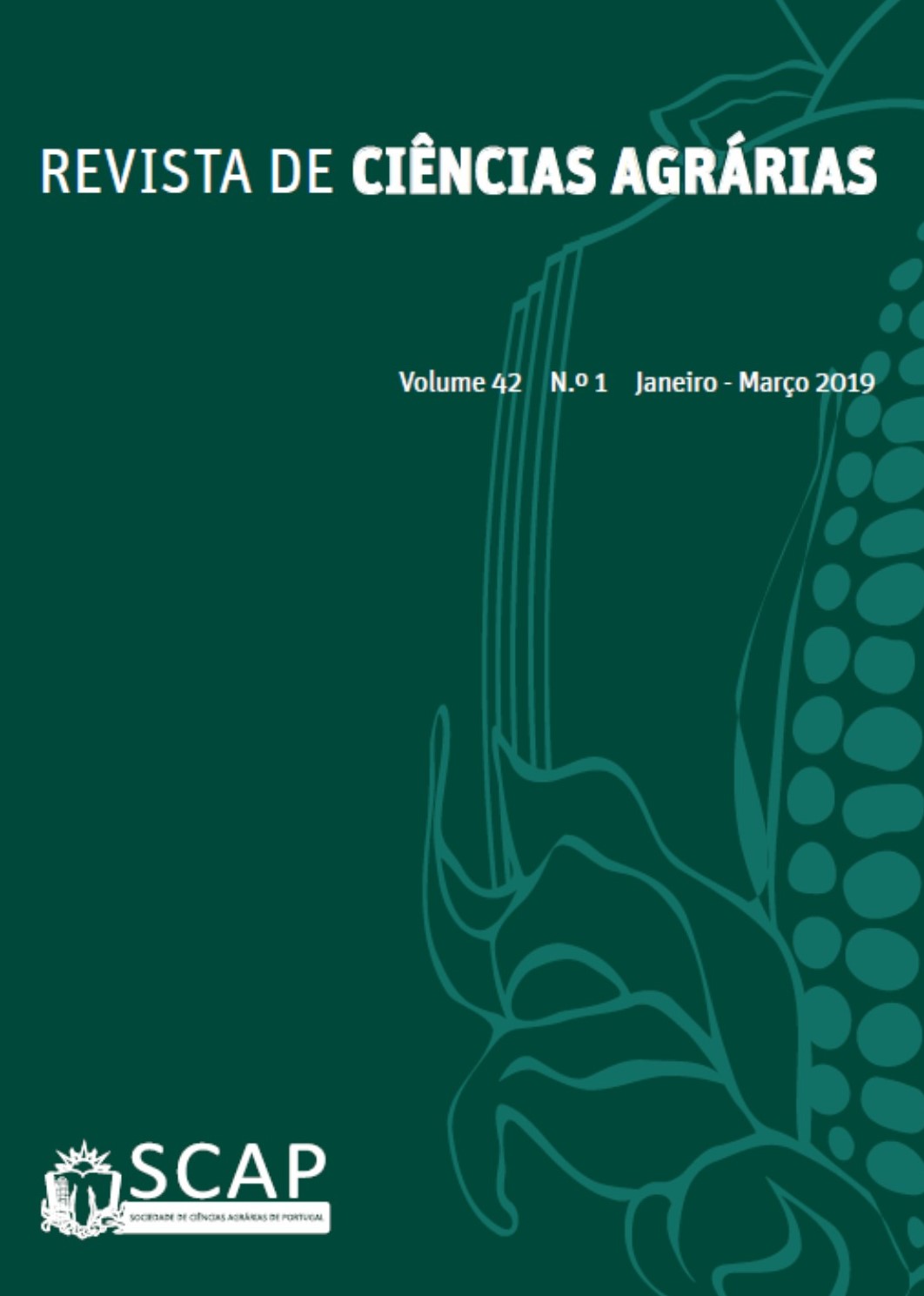Spatial variability of erodibility in Mato Grosso State, Brazil
DOI:
https://doi.org/10.19084/RCA18122Abstract
Erodibility (K) is the soil susceptibility for erosive processes. Knowing the K values of a region is extremely important for the planning of soil conservation activities, especially in regions where agricultural activity is predominant, as in Mato Grosso State. In this way, the objective of this work was estimate and map the spatial variability of K in Mato Grosso State, in order to define susceptible areas for erosion process and, orders and characteristics that determine these variations. K values were estimated for 427 soil profiles in Mato Grosso State, later these estimates were spatialized by geostatistics and kriging. The Mato Grosso State has in most of its territory (98%) soils of low and medium erodibility. The most critical areas, with high erodibility, occupied 1.95% of the total area. K values in the low and middle classes were predominant in the studied profiles, however, with the exception of the Gleysols, in all the orders of soil occurred at least one profile of high erodibility. Plinthosols and Nitosols presented the highest proportions of high erodibility profiles, with 20% and 33.3%, respectively, and Latosols the lowest, with 2.4%.


